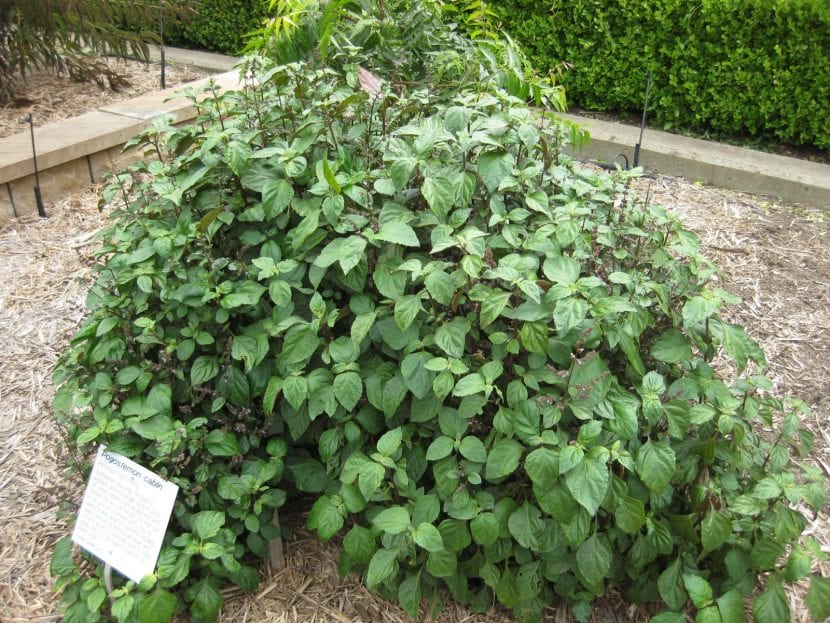
Image - Wikimedia / Raffi Kojian
Patchouli or patchouli is a very interesting shrub, especially for those who have dreadlocks or are planning to do it, since the essential oil that is extracted from it is indicated for the care of them. But, although I will tell you a little more about it below, we are going to focus on the ornamental part of this plant.
And it does not grow much, which makes it ideal for small gardens or for pots, and with minimal care you can have a beautiful one.
Origin and characteristics of patchouli
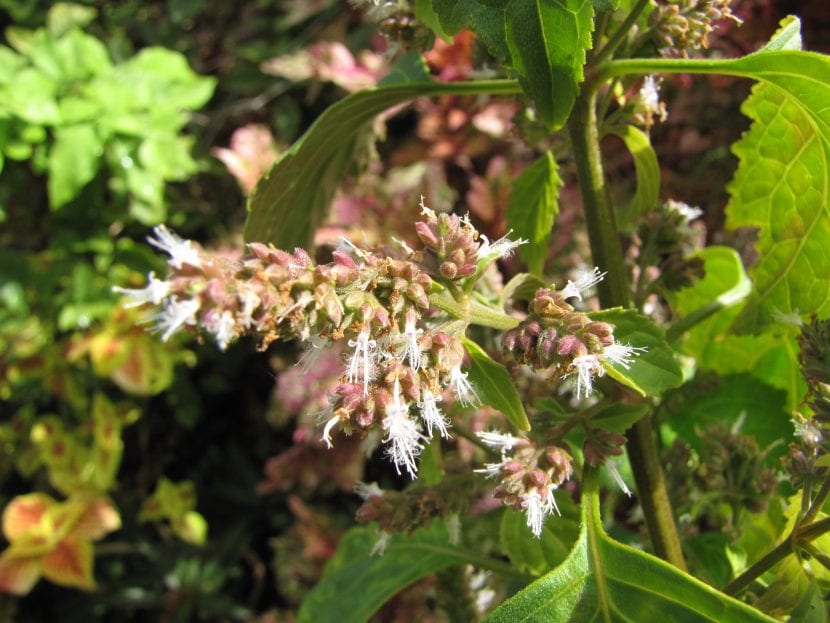
Image - Wikimedia / Forest and Kim Starr
Our protagonist is an evergreen shrub plant native to India, where it is found mainly in the west and east of the country, whose scientific name is Pogostemon cablin. Grows to a height of 60 to 90 centimeters, with highly branched branches from which simple, light green, triangular-shaped leaves sprout.
Its flowers are grouped in spike-type inflorescences, and are purple or lilac, very fragrant. These have the peculiarity that they open in the afternoon.
What are their cares?
If you want to have a copy, we recommend you take care of it as follows:
Location
Being a tropical humid forest plant, and since it does not grow much, need to be in an area protected from direct sun with high humidity.
It can be kept indoors, but we recommend only keeping it in a bright room without drafts during cold months and taking it out again in spring so that it can grow stronger and healthier.
Earth
- Flower pot: fill with a mixture of 60% mulch with 40% perlite. You can buy the first here and the second by here.
- Garden: grows in soils rich in organic matter, with a neutral or somewhat acidic pH.
Subscriber
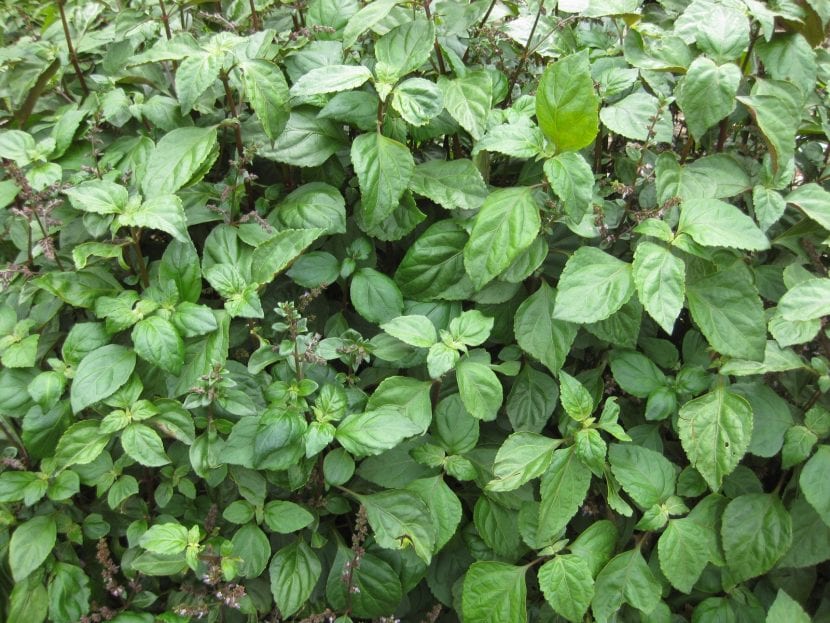
Image - Wikimedia / Raffi Kojian
During all the warm months of the year can be paid with organic fertilizers, guano type (for sale here), compost, or manure from herbivorous animals.
Pruning
Late winter remove dry, diseased branches and those that are weak or broken. Take the opportunity to trim those that are getting too long, to give it a more rounded and compact appearance.
Use clean pruning tools, and don't forget to disinfect them before and after use. This will prevent infections.
Plagues and diseases
It is very resistant in general, but in dry and very hot environments it can be affected by spider mite, aphid and mealybug that can be fought with diatomaceous earth (for sale here).
In addition, if it is watered in excess and / or if the leaves get wet when watering the fungi will rot it. You have to avoid that, control the risks and only wet the soil. In case of symptoms of rot (brown or black leaves and / or stems) or disease (appearance of dust or gray or whitish mold), the affected parts must be removed and treated with a copper-based fungicide.
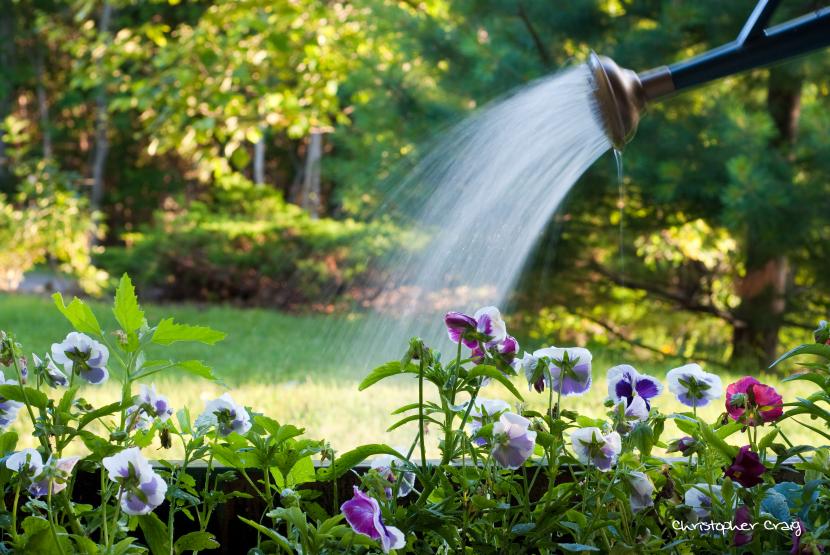
Planting or transplanting time
It is a plant that, if you want to have in the garden, you have to plant it in spring, as long as the minimum temperature is higher than 15 degrees Celsius. To do this, make a planting hole of about 50 x 50cm, add a couple of buckets of water, and then fill it with the earth a little. Lay the patchouli on top of the mound, making sure it is 1-2cm below ground level; Finally, finish filling in the hole.
If you have it in a pot, you will have to transfer it to a larger one when roots grow out of the drainage holes, or when it has been in the same container for more than 2 years. Choose a pot with holes for drainage, otherwise the roots could rot quickly.
Rusticity
It does not resist cold or frost. If the temperature drops below 10ºC in your area, you should protect it indoors during winter.
What is patchouli used for?
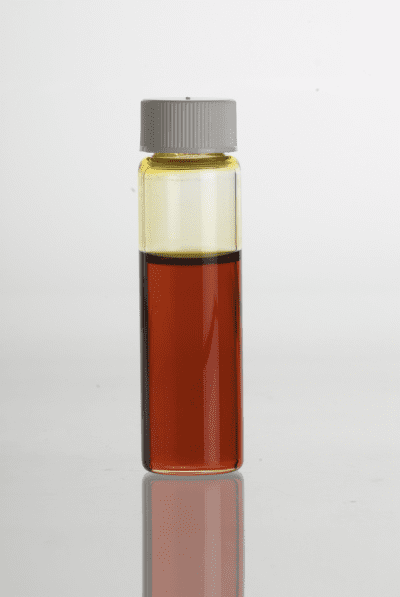
Ornamental
It is a very decorative plant, which also gives off a very pleasant aroma. It is perfect for growing in pots, planters or in gardens if the weather is good.
Although it does not resist the cold, it can be kept at home during the winter without problems, in a room as far as possible from drafts.
Medicinal
Leaves are used as an antiseptic Once the essential oil has been dried and extracted, it is rich in sesquiterpenes (a type of antibiotic).
Other uses
It is used in cosmetics, perfumery and soap. It is widely used in the preparation of hair conditioners with dreadlocks, since it leaves them very clean and soft.
What did you think of patchouli? It is an interesting plant, which can give you more than one joy, and which, as we have seen, is not very difficult to care for 🙂.
We hope that everything you have learned from it has been useful to you.
The article is really very useful, especially for those of us who are interested in the removal of their essential oils. GARCÍA FOR SO RICH INFORMATION!
Hi Molina.
Thank you very much for leaving us your comment 🙂
Regards!